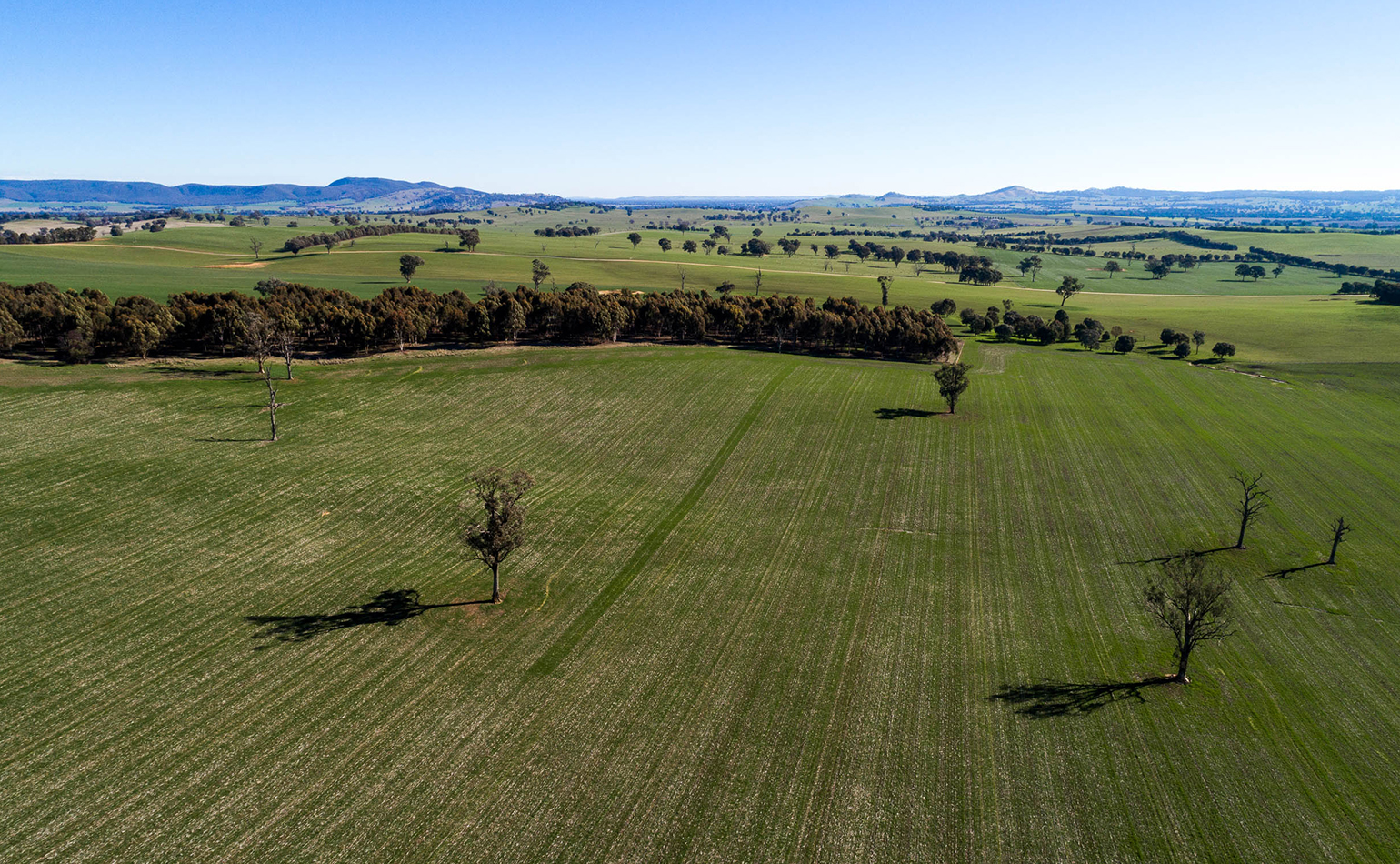The Soil CRC’s Communications Manager caught up with Dr Alison Southwell, the new Executive Officer at Holbrook Landcare Network, for a five-minute chat.
Tell us about Holbrook Landcare Network
Holbrook Landcare Network began 32 years ago at the start of the Landcare movement in Australia. We service three Landcare groups in the Holbrook region of southern NSW, north of Albury, with a broad portfolio of projects. These range from bushfire recovery projects in the mountains through to revegetation and rehabilitation of natural ecosystems for threatened species, dung beetles and acid soil research. Our range of projects help farmers in the region become as progressive and productive as possible by helping them to improve their agricultural and ecological practices. This means all parts of the system are healthy. We have a focus on improving First Nations engagement too.
What area and type of farming do you cover?
Holbrook Landcare Network caters for mixed farming and livestock production specialists. Most farms in the area are dominated by beef and sheep with some cropping. We are in a medium to high rainfall zone and have relatively secure rainfall compared to many other farming regions. It is some of the most productive grazing land in the country.
What type of soil do you have?
We have a whole range of soils. The Holbrook region consists of various soil types and topography. Duplex soils including strongly acidic duplex soils, kandosols and dermosols derived from metasedimentary and granite rocks are found on the hilly country east of the Hume Highway. Duplex soils including sodic duplex soils and dermosols are found on the alluvial floodplains of the Billabong Creek and its tributaries to the west.
The major soil constraint affecting productivity in pasture and cropping systems in our region is acidity, in particular subsurface acidity.
Why is soil important to your members?
It is extremely important because soil constraints are probably our biggest limiting factor, particularly acid soils. Our members have a real focus on ameliorating acid soils and we are making some progress in that area.
Our members and community in general are very interested in sustainable farming systems and have a keen interest in soil biology and ecology and how we can enhance soils for the betterment of the environment and the production systems. They are an astute farming community wanting to build opportunity for carbon farming and credentials into the future. Another area of interest for our members is soil management options for non-arable farm systems.
Why did Holbrook become a participant in the Soil CRC?
With acid soils being one of the biggest limiting factors to high productivity for our members, it is very important that we are at the forefront of soil research. Being part of the Soil CRC gives us access to that research to help our members progress their farm management. We share our research with our members through publications, field work, workshops and our website.
What is exciting about working with the Soil CRC?
It’s great to be part of a research centre that is receptive to farmers’ needs. It’s also valuable to have the opportunity to mix with researchers and increase our skillset internally.
We are part of the Building farmer innovation capability project which will provide a very tangible outcome from our membership of the Soil CRC.
Current projects that Holbrook are involved in:
Visualising Australasia’s Soils: extending the soil data federation (2.3.002)

